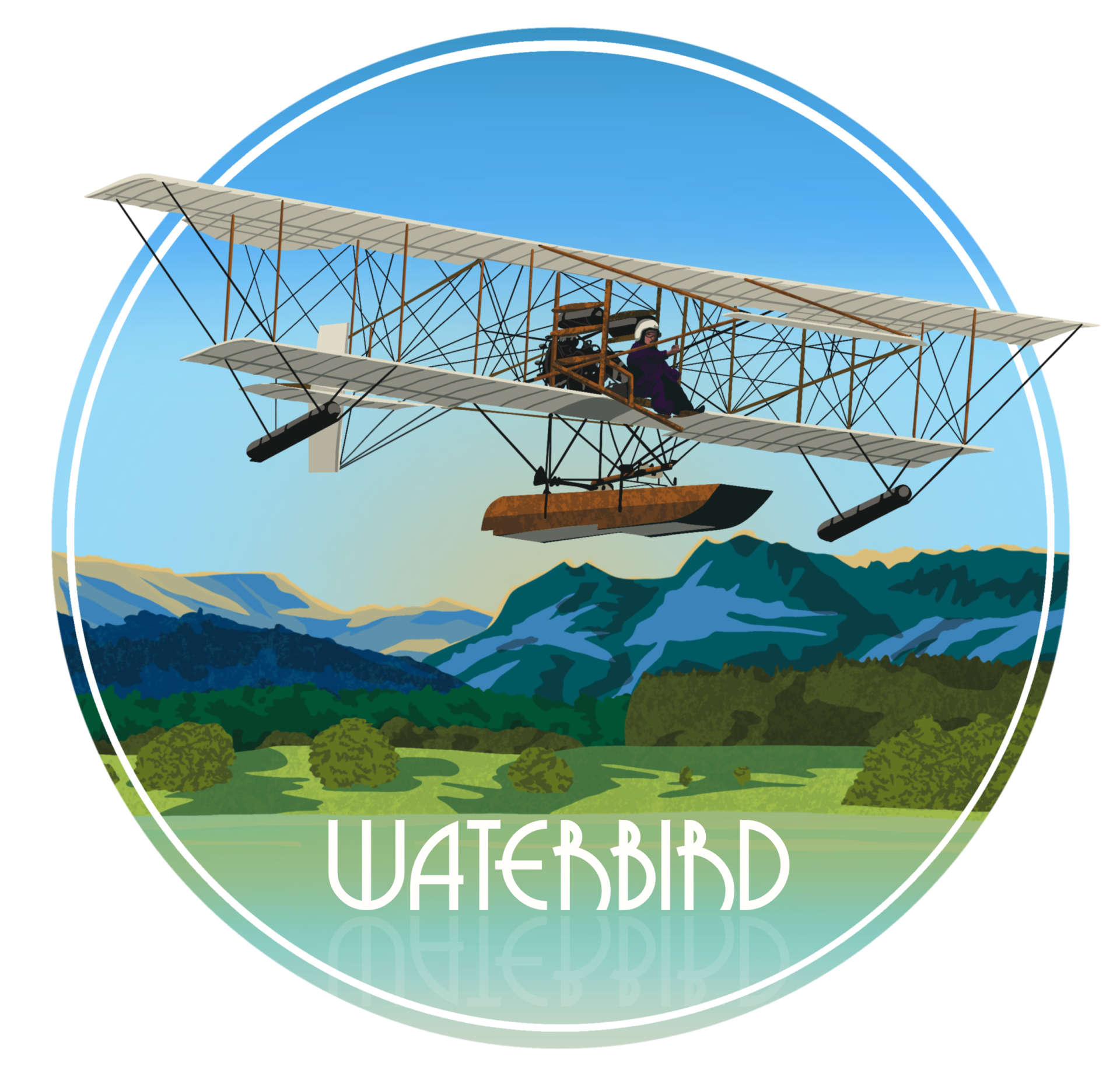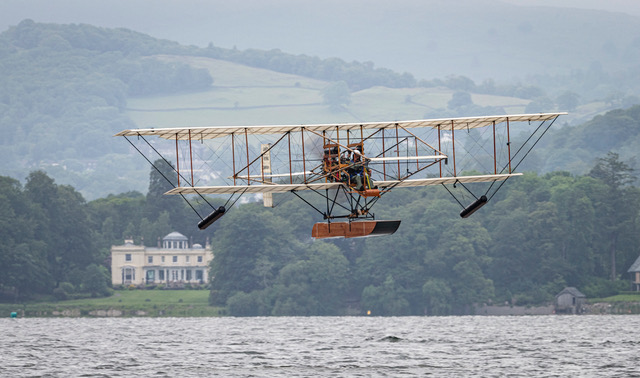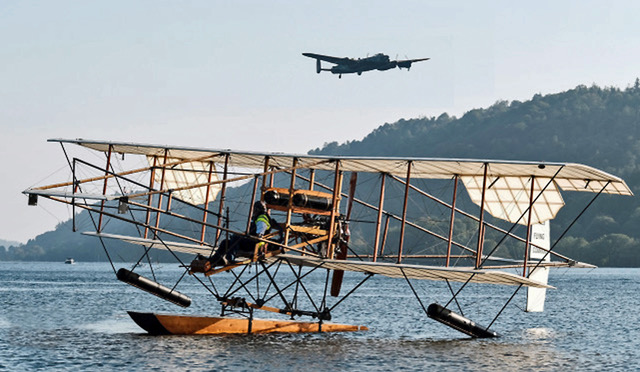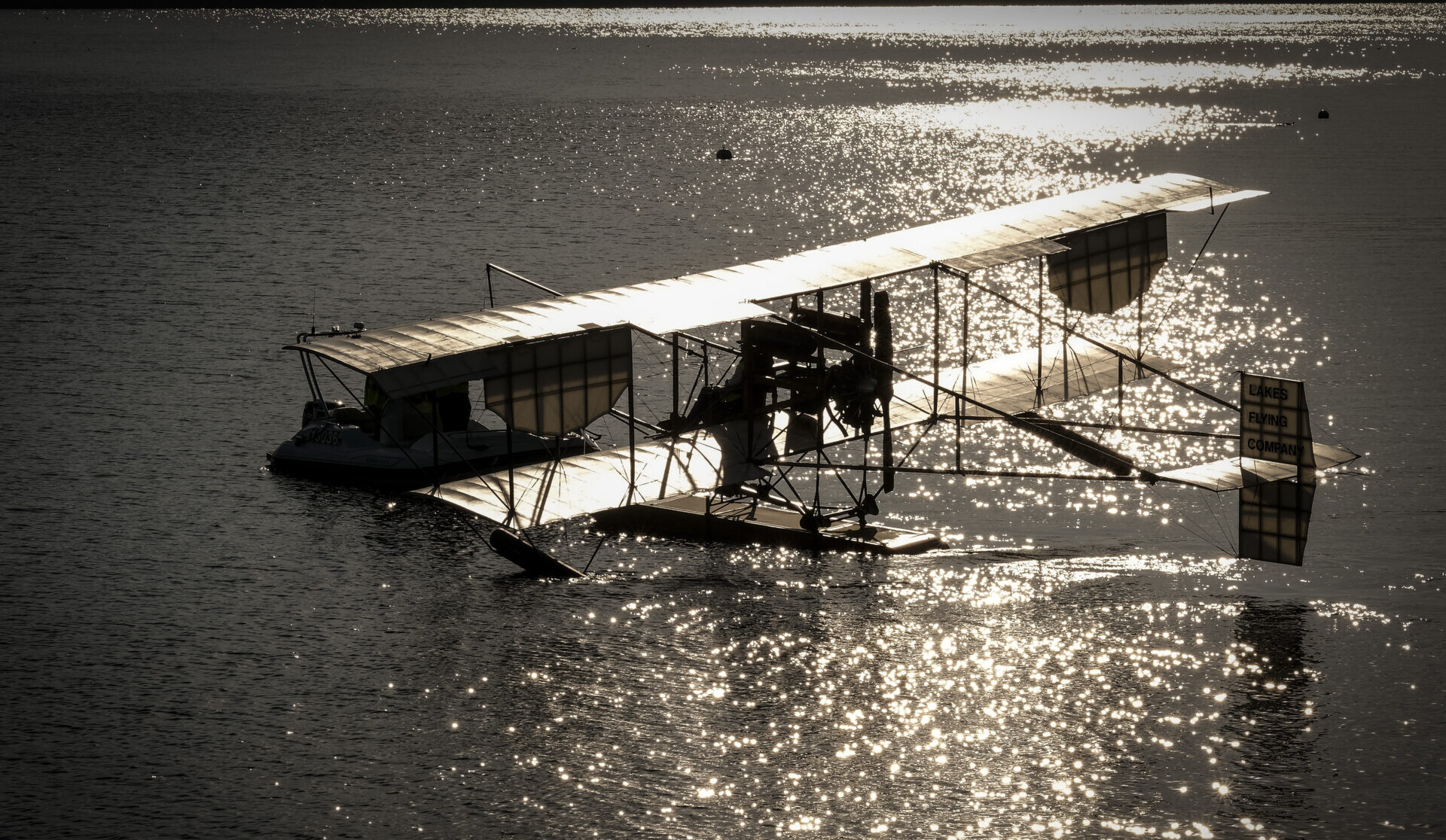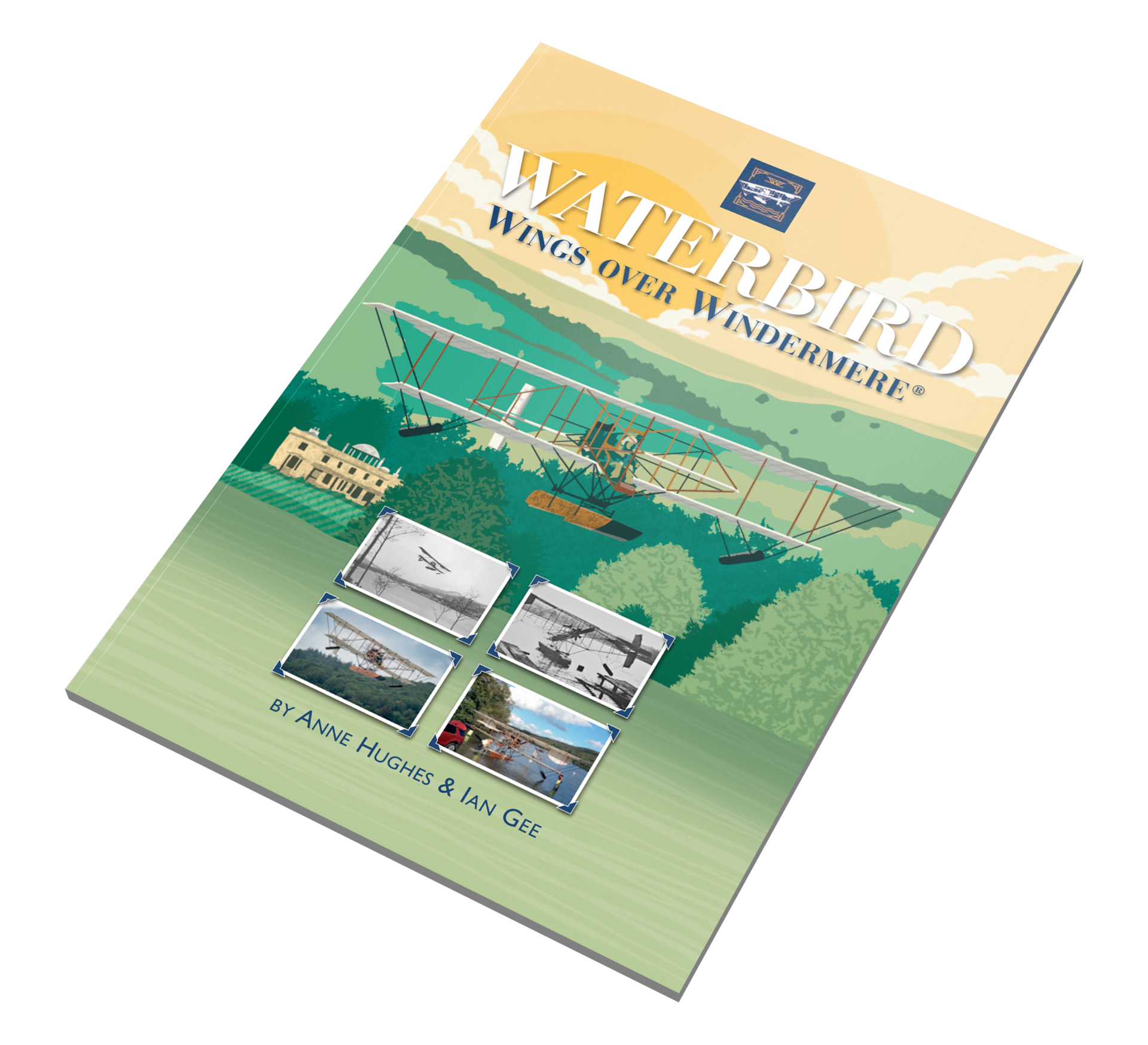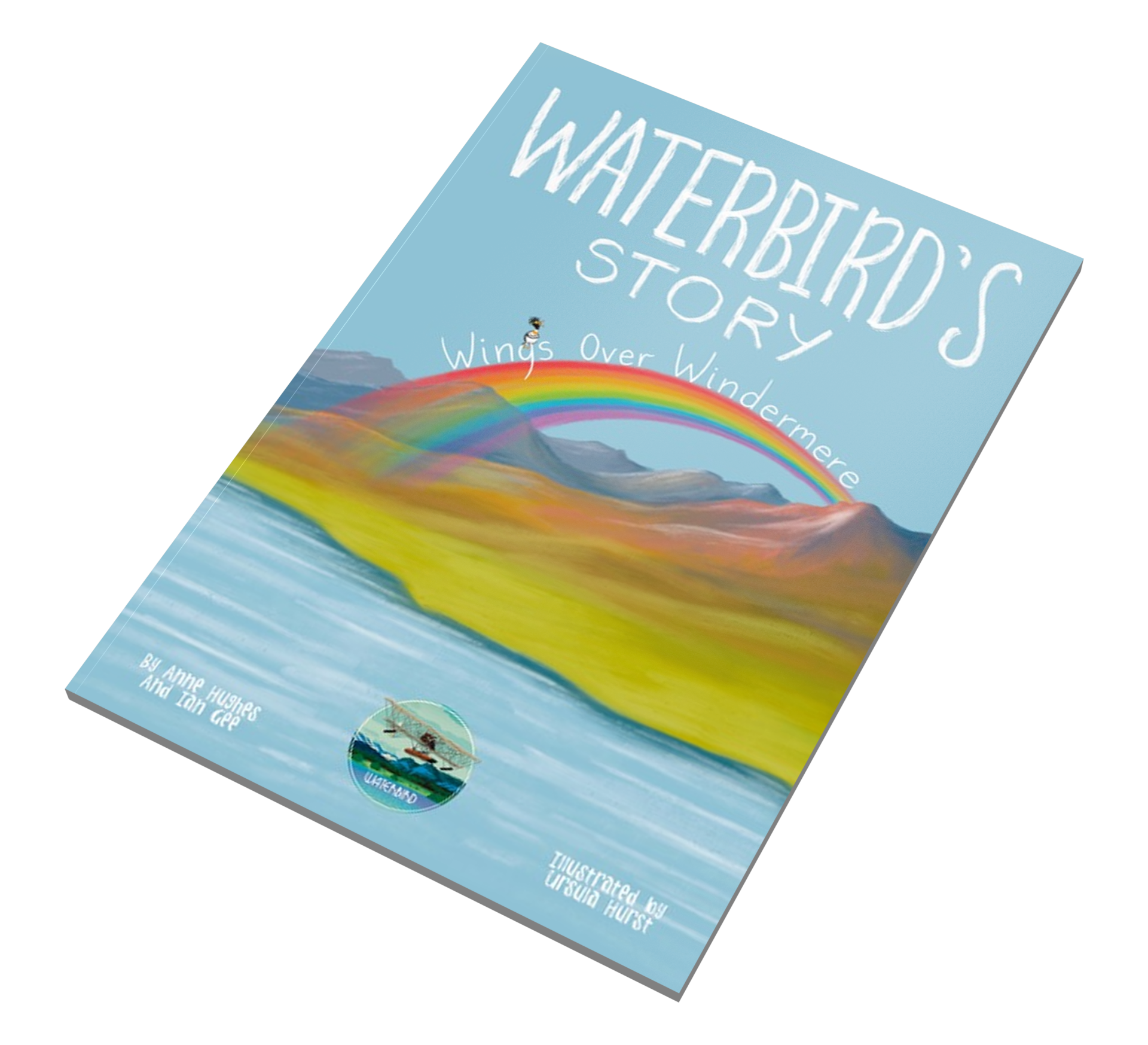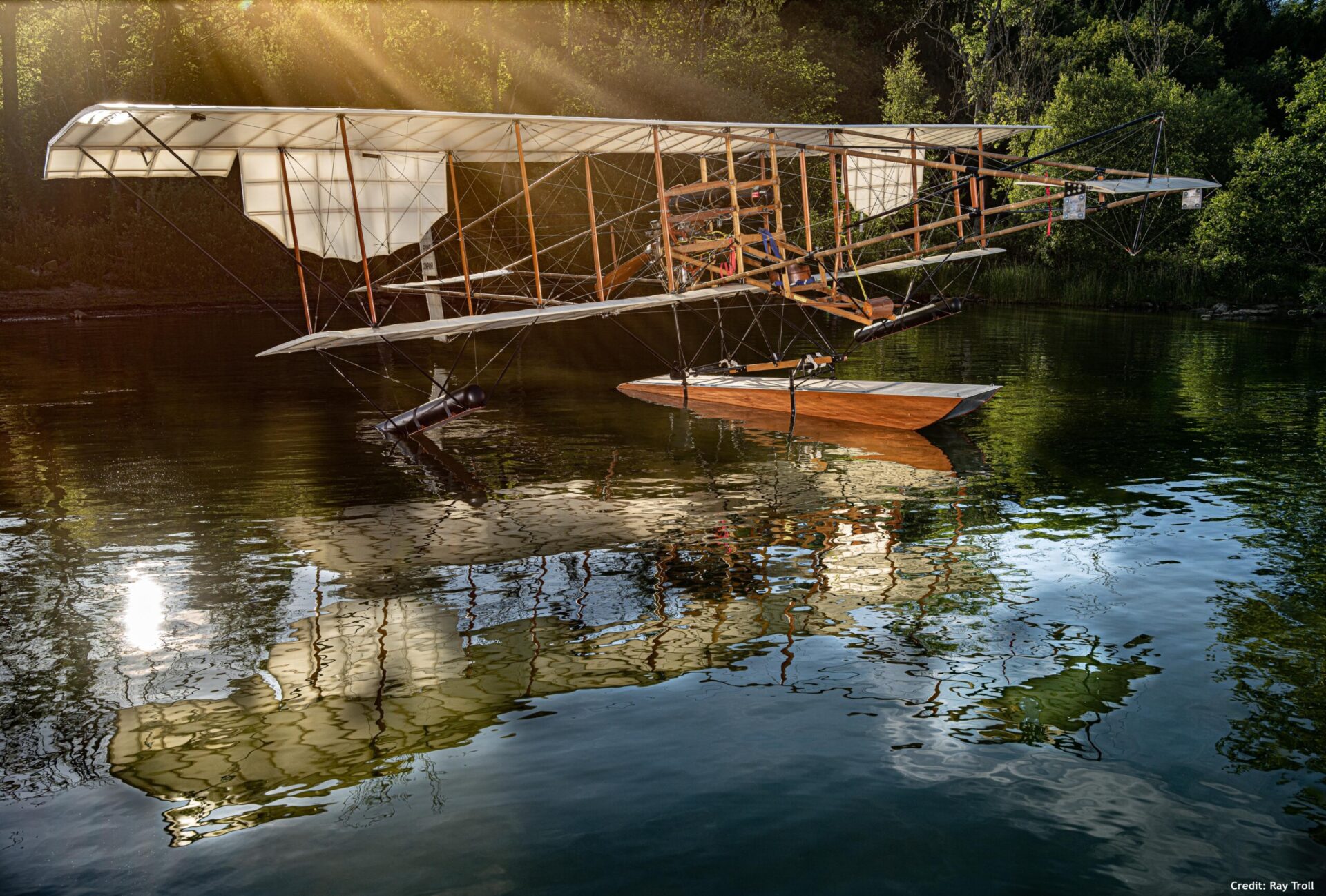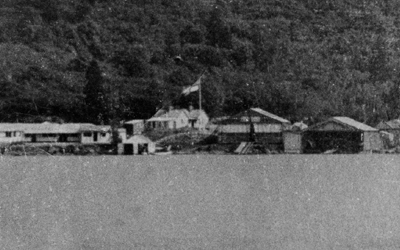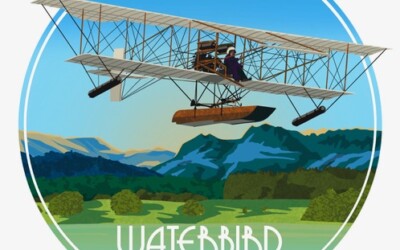
Langdale Chase Hotel
OUR VISION
The Lakes Flying Company Limited – a registered charity – has been set up to celebrate and to inform the public concerning the importance of the innovative contributions made to the development of naval and civil marine aeroplanes by Captain Edward Wakefield and by Waterbird®.
On 25 November 1911, at Windermere, Waterbird became the first aeroplane outside of France and the USA to successfully take off from and alight on water with no damage.
It was the world’s first successful flight to use a ‘stepped’ float, which was patented by Wakefield after 2 years of considerable experiment so as to combine features of construction in a novel way.
OUR OBJECTS
THE CHARITABLE OBJECTS OF THE LAKES FLYING COMPANY LIMITED ARE TO ADVANCE THE EDUCATION OF THE PUBLIC BY:-
- The establishment and maintenance of a heritage centre, that will tell the story of seaplanes with the emphasis on the history of their early development and their activities in and around Windermere and the Lake District;
- The construction, displays and flights of an airworthy replica of “Waterbird” – the first aeroplane to successfully take off and alight on water outside of France and the United States of America on 25/11/1911 at Windermere;
- Exhibiting the replica of Waterbird in perpetuity;
- Providing historical and technical information regarding the historical context and design of Waterbird.
WATERBIRD: WINGS OVER WINDERMERE
Early in the morning on 25th November 1911, an Avro Curtiss-type floatplane took off from a hangar at Hill of Oaks, on Windermere, to make history. ‘Waterbird’, commissioned by Edward Wakefield from Kendal, was the first hydro-aeroplane to make a successful flight in Britain.
This book tells the story of 2 aeroplanes. The first Waterbird, which flew more than 60 flights on Windermere, set in motion the production of seaplanes used in World War 1. The story of the second Waterbird, the replica, is equally fascinating, telling the story of many challenges resulting in a thirteen year programme from dream to reality.
The book was shortlisted for the Lakeland Book of the Year Award in the category of The Latitude Press Prize for Illustration & Presentation.
Waterbird Book now available £14.99*
Click here for a review
*Plus postage £2.50
WATERBIRD’S STORY
With full-page coloured illustrations throughout, Waterbird’s Story is written for children aged 7 years and older.
The book introduces the true story of Captain Wakefield’s Waterbird, which was the first floatplane to fly in Britain in 1911.
The story leads on to the following years at Windermere including Waterbird’s successor Waterhen, the Royal Naval Air Service base at Hill of Oaks in 1916 and the Sunderlands at White Cross Bay during the Second World War.
Waterbird’s Story now available £5.99*
*Plus postage £2.10
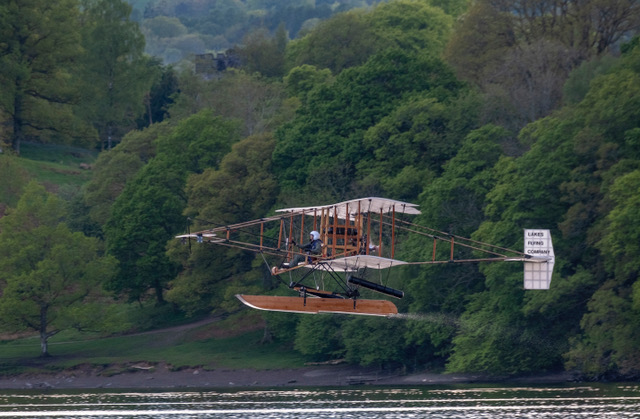
THE REPLICA WATERBIRD
The replica Waterbird has carried out Public Flying Displays at Windermere.
There are an original 1929 Hamilton Metalplane H-47 and a restoration 1930 Sikorsky S-39 in the USA, and an original 1935 Caproni Ca.100 in Italy. Otherwise, there is now no airworthy original, restoration or replica seaplane prior to 1936; therefore the replica Waterbird from 1911 is unique in the world for representing its era.
For details of Awards, click here
For an interactive 3D model of Waterbird, click here
QUOTES
Steam yacht Swan passing Hill of Oaks
HERITAGE
The golden age of the lake was from the late 19th century until the early 20th century. It featured steam boats and hydro-aeroplanes: this montage of Waterhen flying over steam cargoboat Raven, which operated at the lake 1871-1922, ‘evokes something of the drama of the time and the growing ascendance of the petrol engine over steam’. – The Great Age of Steam on Windermere by G H Pattinson.
Waterbird was built in 1911; the same year as steam launch Swallow, which is the sister ship of Osprey and Shamrock – the builder of all 3 boats was Shepherds of Bowness-on-Windermere. Waterbird’s floats were built by Borwick & Sons boat builders. When a Sunderland flying boat (1990) and a Catalina flying boat (1994) visited the lake, Shamrock acted as tender.
Waterbird ‘had the distinction of being the first successful British Hydro-aeroplane’. – Flight magazine, 7 December 1912.
‘This great tradition of innovation and successfully overcoming the severe and unique difficulties of operating aircraft on water all stemmed back to Waterbird and the pioneering designs and spirit that she represented.’ – Navy Wings.
FLOATS
On 25 November 1911, at Windermere, Waterbird made the first successful flight in the world to use a ‘stepped’ float, only achieved by embodying Edward Wakefield‘s 2 years of persistent experiments. The pilot was Herbert Stanley Adams. This telegram confirms the initial flights.
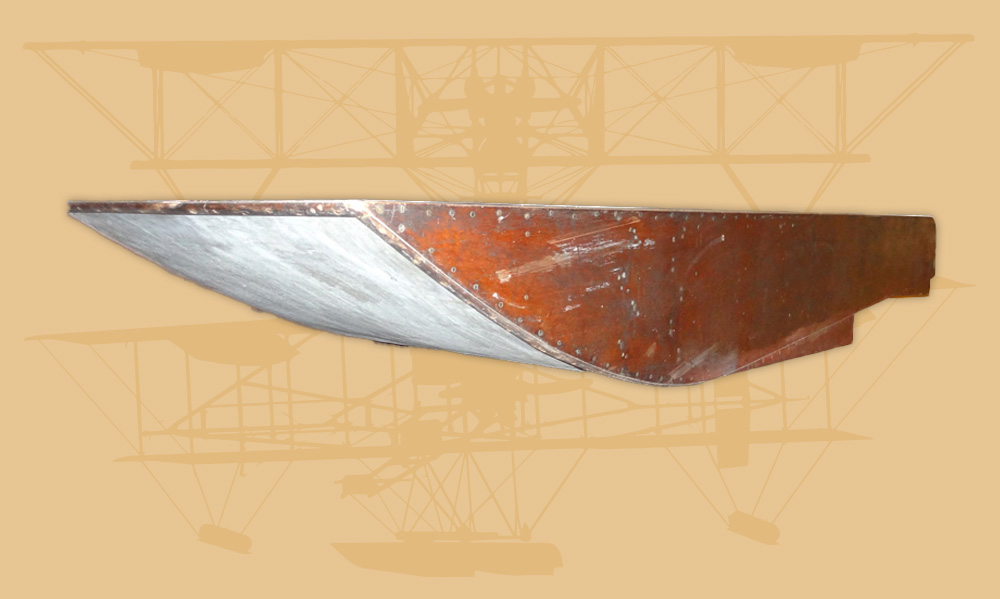
TRIBUTES
Grateful acknowledgement is given to author Peter Connon, who was a Director and a Trustee of The Lakes Flying Company Ltd, without whom the story of Windermere pilots would have been lost forever – he gave voice to their testimony.
‘Richard Raynsford wants to build a replica of the seaplane Waterbird, which was launched from Windermere in November 1911 by his great, great uncle Edward Wakefield’: The Westmorland Gazette, 25 July 2008. He was Chair, a Director and a Trustee of The Lakes Flying Company Ltd – without him the Waterbird Project would not have been founded.
NEWS
GoPro Footage from 6th September Flying Display
Along with a flypast by a Lancaster bomber and a flying display by an Aviat Husky seaplane, against sunset over the Langdale Pikes, the replica Waterbird carried out spectacular flights.
Avro Lancaster Flypast
On 6th September 2024 at 6.00-6.10pm 5.45pm a flypast will take place of the Battle of Britain Memorial Flight’s Avro Lancaster, centred off Brockhole. This is particularly relevant in that Waterbird was built as a landplane by Avro at Manchester in 1911.
Opening of Exhibition at Windermere Library
Our exhibition at Windermere Library, first floor, is now open. It is the first permanent exhibition recording the vital role played by Windermere in the history of the development of seaplanes. Opening Times:- Monday: 10am - 1pm Tuesday, Thursday and Friday: 10am -...
